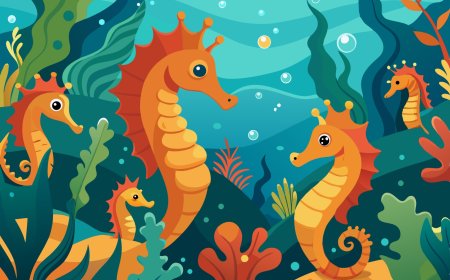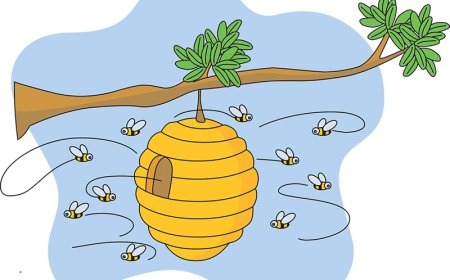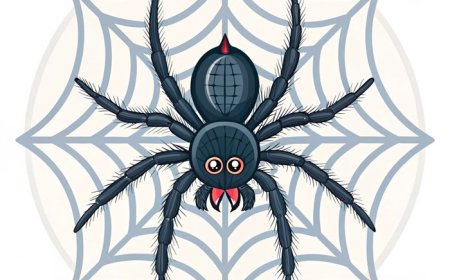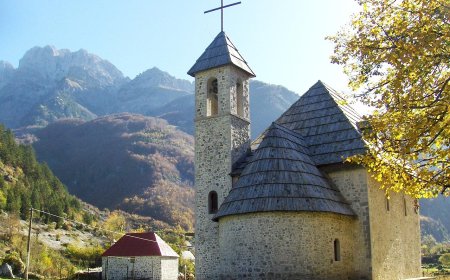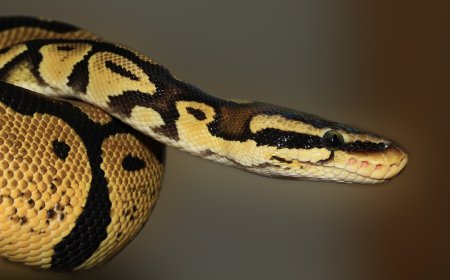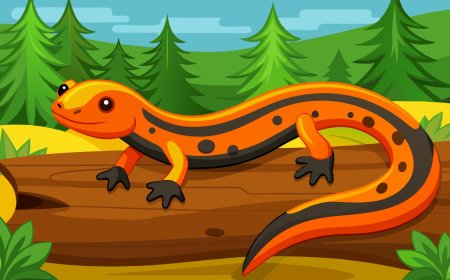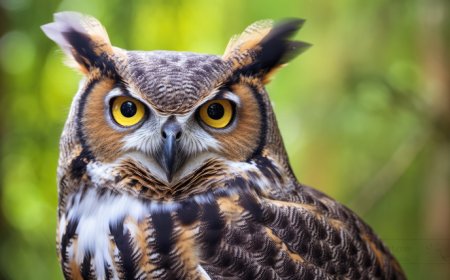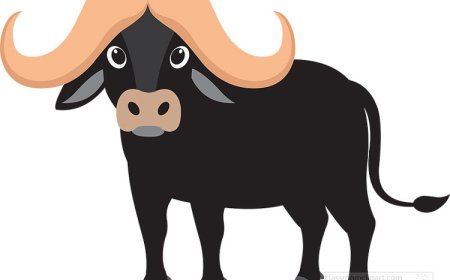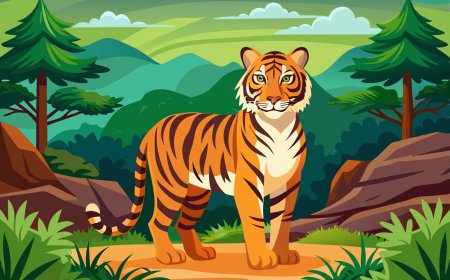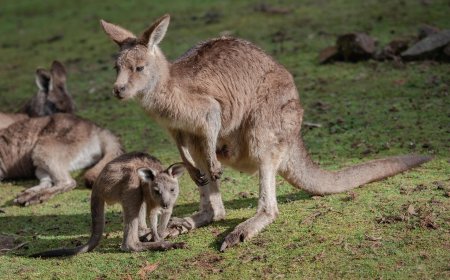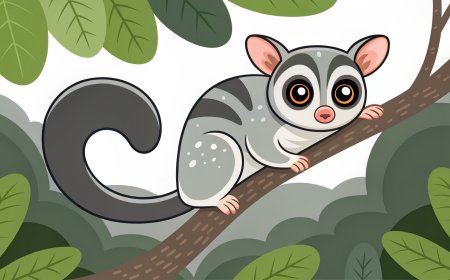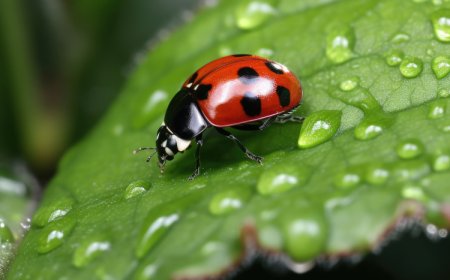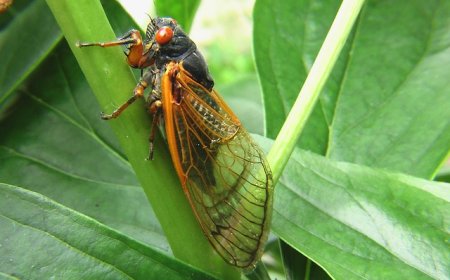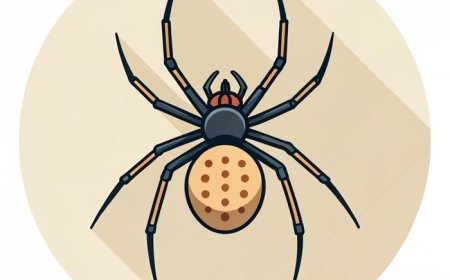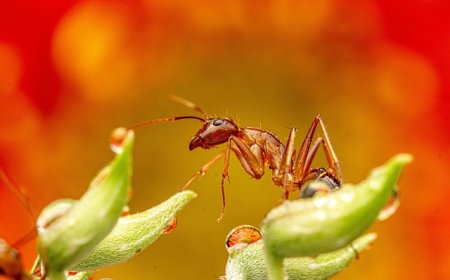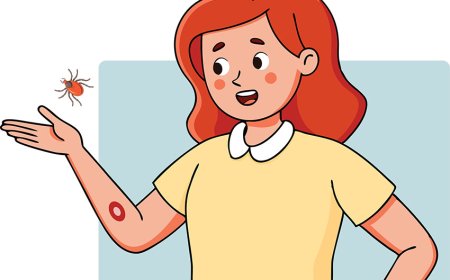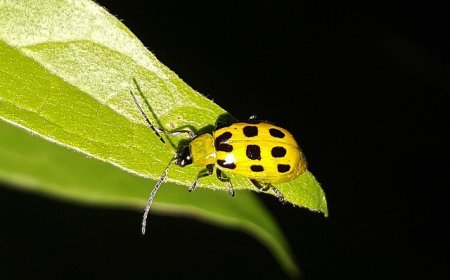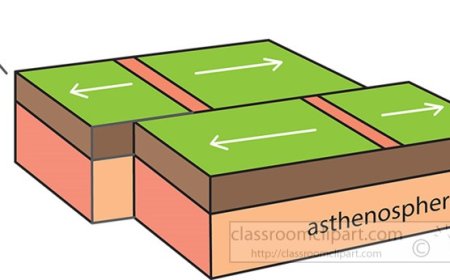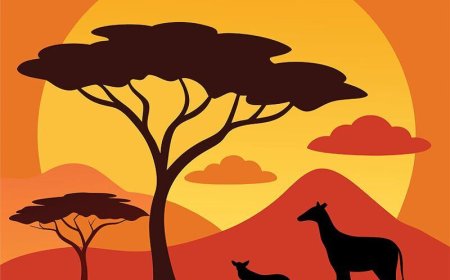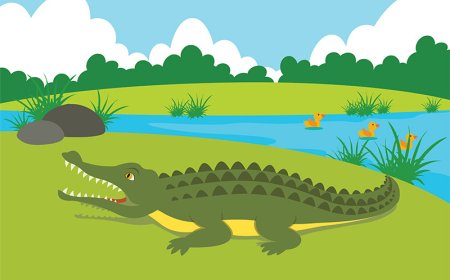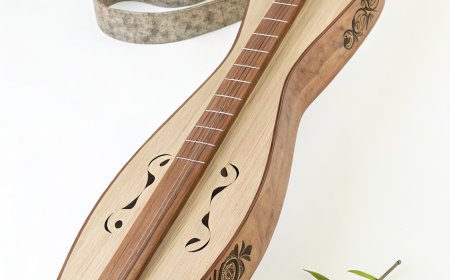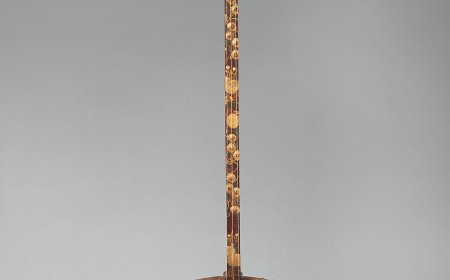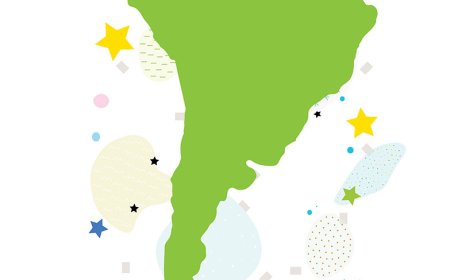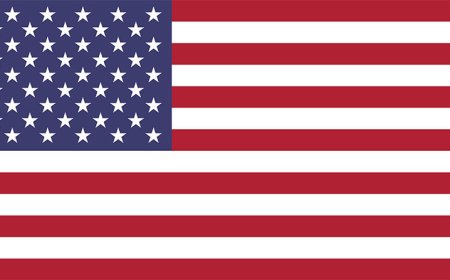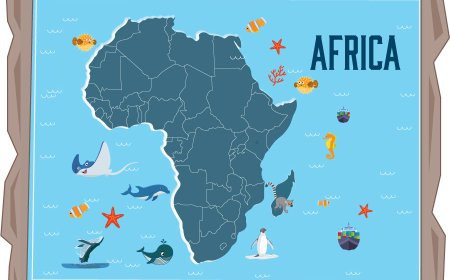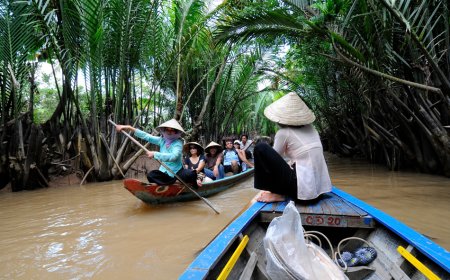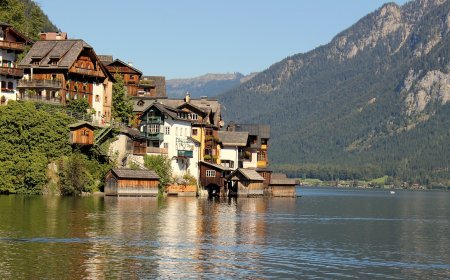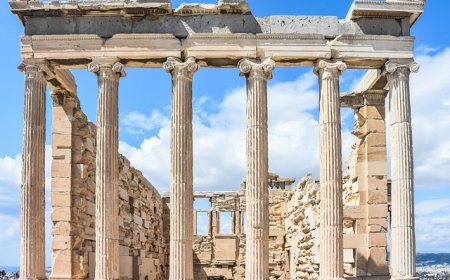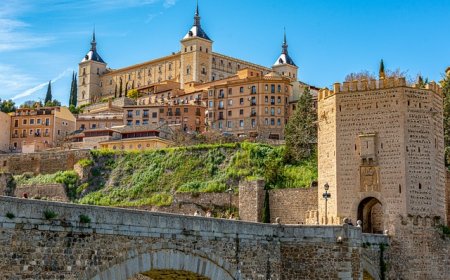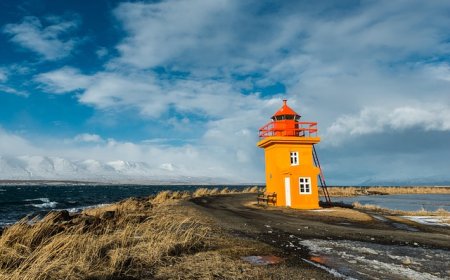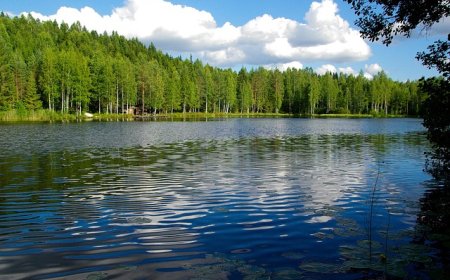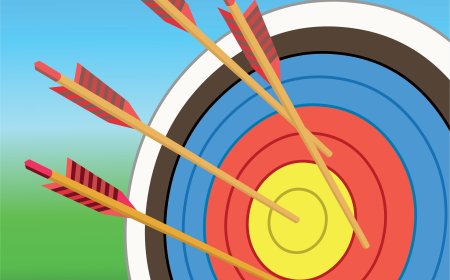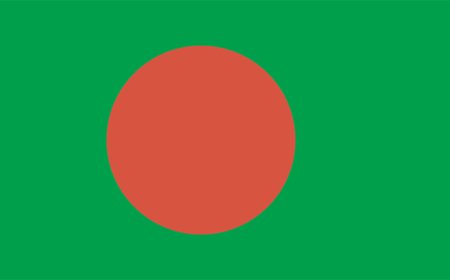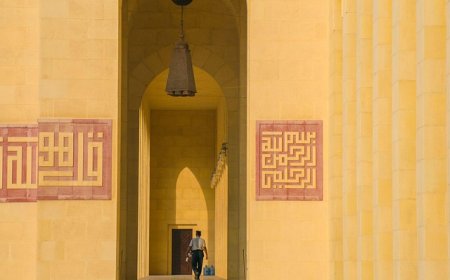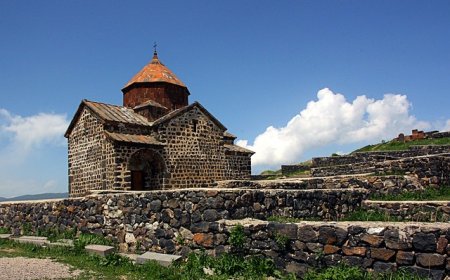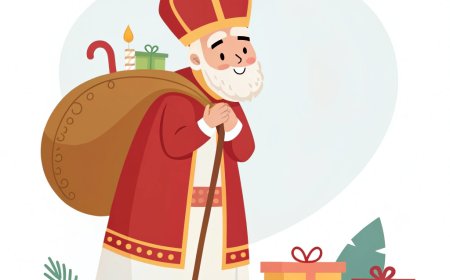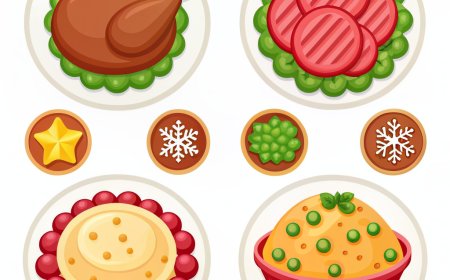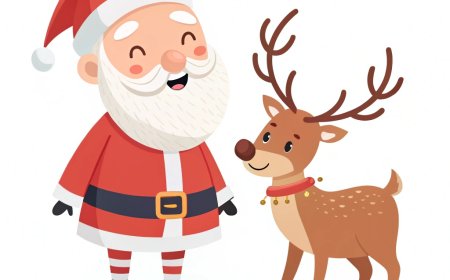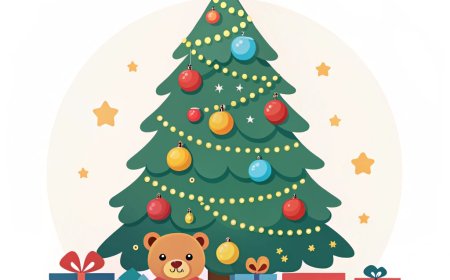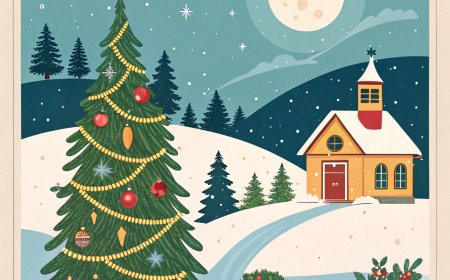Día de los Muertos History Traditions and Fun Facts
Learn the history traditions and fun facts of Día de los Muertos in this student guide about Mexico’s colorful Day of the Dead celebration
🌼 Introduction
Every year on November 1 and 2, people in Mexico and many other countries celebrate Día de los Muertos, or Day of the Dead. This holiday honors and remembers loved ones who have passed away.
Far from being sad, Día de los Muertos is a joyful celebration filled with colorful decorations, music, food, and traditions. Families believe that during this time, the spirits of the dead return to visit the living, and they welcome them with offerings, flowers, and favorite foods.
📜 History and Origins
Día de los Muertos blends ancient Aztec traditions with Catholic practices brought by Spanish colonizers. The Aztecs held month-long festivals to honor the goddess Mictecacihuatl, the "Lady of the Dead."
When Spanish missionaries arrived, these celebrations merged with All Saints' Day and All Souls' Day, resulting in the modern two-day holiday we know today.
🎉 Traditions and Customs
🕯️ Ofrendas
Families create ofrendas (altars) decorated with candles, flowers, photos, and favorite foods of the departed.
🌼 Marigolds (Cempasúchil)
Bright orange and yellow flowers guide spirits back home with their color and scent.
💀 Calaveras
Sugar skulls, often decorated with colorful icing, symbolize the sweetness of life.
🎭 Face Painting and Costumes
Many people paint their faces like skulls or dress as La Catrina, a famous Day of the Dead figure.
🥮 Pan de Muerto
A special sweet bread decorated with shapes resembling bones.
🌟 Symbols and Meanings
-
🌼 Marigolds - Pathway for spirits.
-
💀 Sugar Skulls - Celebration of life and remembrance.
-
🕯️ Candles - Light the way for visiting souls.
-
🥮 Pan de Muerto - Food offering for the dead.
🌍 How It's Celebrated Today
Día de los Muertos is celebrated across Mexico, from small villages to big cities. Public altars, parades, and music festivals fill the streets. The holiday has also spread to other countries, especially where Mexican communities live, such as the United States, Guatemala, and parts of South America.
In 2008, UNESCO recognized Día de los Muertos as an Intangible Cultural Heritage of Humanity.
💡 Fun Facts
-
🗓️ November 1 is dedicated to children who have passed away, called Día de los Angelitos (Day of the Little Angels).
-
🎨 The famous artist José Guadalupe Posada created the La Catrina image.
-
🎬 The holiday is featured in the animated movie Coco.
-
🥮 Pan de Muerto is often enjoyed with hot chocolate.
📚 Vocabulary List
-
Día de los Muertos - Day of the Dead.
-
Ofrenda - An altar honoring the dead.
-
Cempasúchil - Marigold flower used in decorations.
-
Calavera - Skull, often made of sugar.
-
La Catrina - Elegant female skeleton figure.
-
Pan de Muerto - Sweet bread for the holiday.
-
Heritage - Traditions passed down through generations.
-
Remembrance - Honoring and remembering someone.
📝 Key Takeaways
-
Día de los Muertos is a joyful Mexican holiday honoring the dead.
-
It blends Aztec traditions with Catholic holidays.
-
Symbols include marigolds, sugar skulls, candles, and altars.
-
It's celebrated on November 1 and 2, with each day having special meanings.
-
Recognized by UNESCO as an important cultural tradition.
🧠 Interactive Quiz
1. When is Día de los Muertos celebrated?
A) October 31
B) November 1 and 2
C) December 25
D) January 6
2. Which ancient civilization influenced Día de los Muertos?
A) Maya
B) Inca
C) Aztec
D) Olmec
3. What is an ofrenda?
A) A type of flower
B) An altar honoring the dead
C) A traditional dance
D) A kind of bread
4. What flower is most associated with the holiday?
A) Rose
B) Tulip
C) Marigold
D) Sunflower
5. Who is La Catrina?
A) Goddess of the Moon
B) Elegant skeleton lady
C) Famous singer
D) Aztec queen
6. What does pan de muerto mean?
A) Bread of the dead
B) Sweet holiday bread
C) Bread of friendship
D) Celebration bread
7. What do sugar skulls represent?
A) Scary ghosts
B) The sweetness of life
C) Halloween treats
D) Ancient warriors
8. Which organization recognized Día de los Muertos as cultural heritage?
A) UNESCO
B) United Nations
C) World Bank
D) National Geographic

